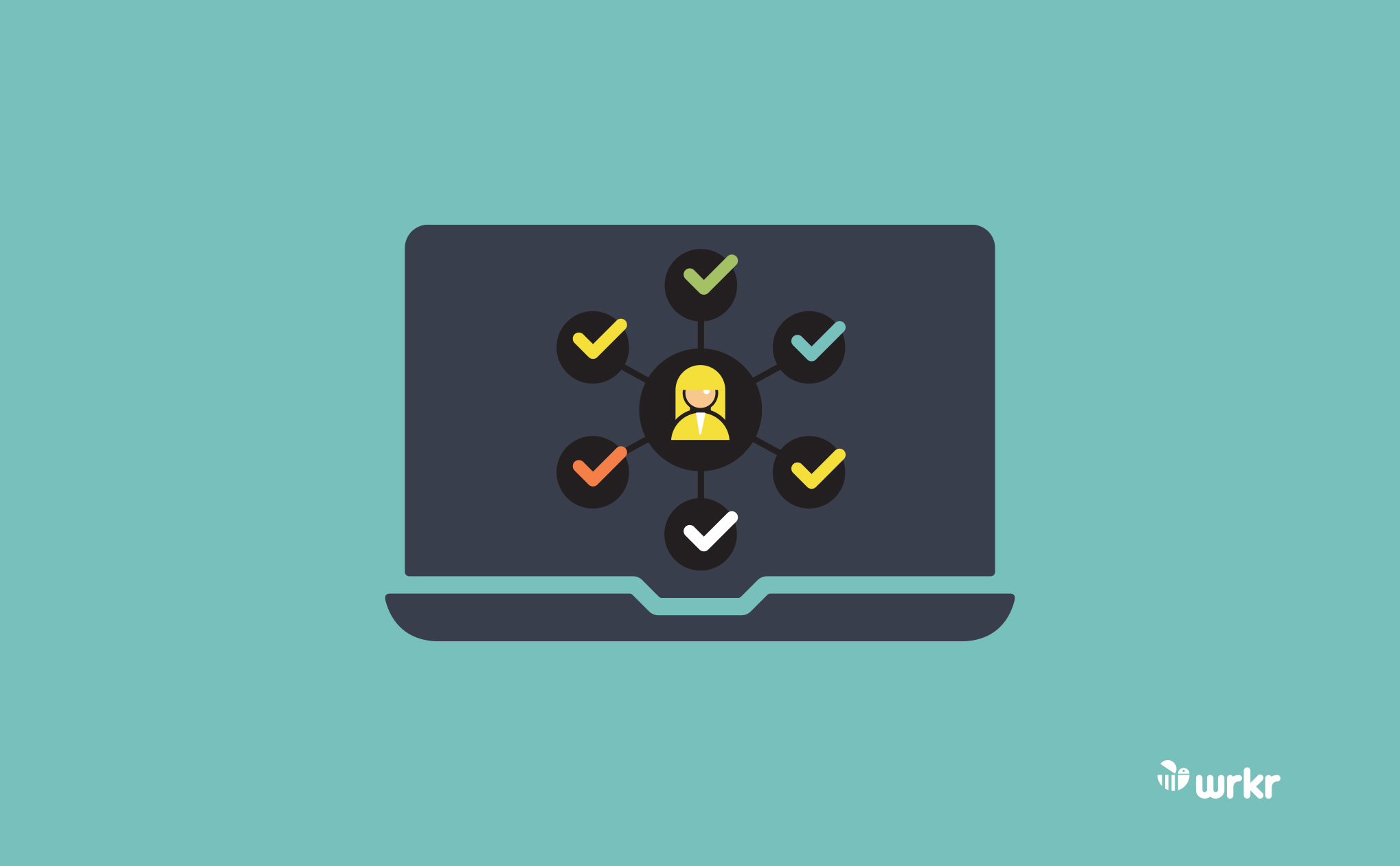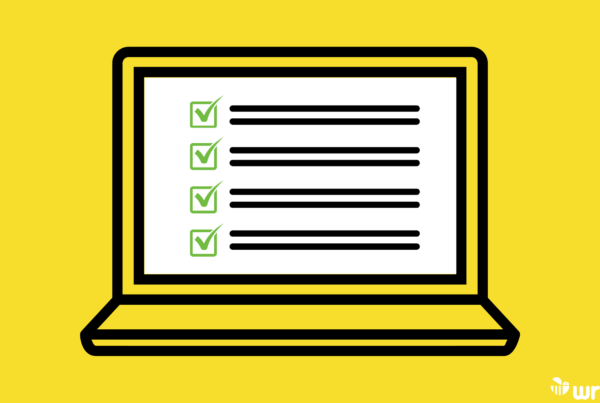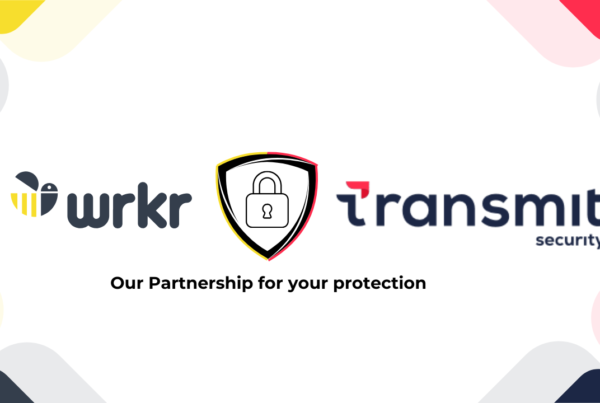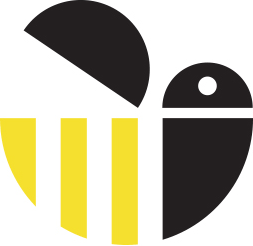
From quiet hiring to continuous onboarding, learn the new realities of employee onboarding and how Wrkr Ready can help you navigate them.
Starting a new job can feel like stepping into a foreign land, where every step is uncertain, and every interaction holds potential pitfalls. Just like a traveller, the new employee needs a trustworthy guide, like an HR professional, to help them navigate the landscape of their new workplace. In 2023, as technology continues to transform how we work, the employee onboarding process will be more critical than ever. Just as a skilled cartographer maps out the terrain ahead, this blog will explore the latest trends and best practices in employee onboarding, providing a reliable compass for employers, HR professionals and new hires. So let’s grab our gear and begin the journey!
Seven employee onboarding trends to watch in 2023
- Moving from quiet quitting to quiet hiring
- Pre-boarding new hires
- Bringing back the focus on employee experience
- Real-time compliance management
- Self-serve employee onboarding
- Automation to streamline employee onboarding processes
- Fostering the culture of continuous onboarding
Moving from quiet quitting to quiet hiring
Organisations are experiencing a wave of “quiet quitting” where employees lose motivation to work and leave without explanation. While employee retention has become a pressing issue, finding the right employees committed to the organisation’s long-term success is challenging. Turnover can be costly in terms of lost productivity, time, and resources spent on hiring and training new employees. Low morale and turnover can negatively impact team cohesion and organisational culture.
One way to combat this is to foster a “quiet hiring” culture, where employees are given opportunities to grow within the organisation and retain them for the long term. To implement this culture, organisations need a streamlined and sophisticated onboarding process to foster stronger relationships between employees and the organisation.
Many organisations are moving towards using employee onboarding solutions, such as Wrkr Ready to streamline their onboarding process. Organisations are building stronger employee relationships and increasing retention by automating administrative tasks, fostering ongoing communication, providing customised training programs, and incorporating feedback loops. This creates a more positive and productive work environment benefiting everyone involved.
Pre-boarding new hires
Pre-boarding is the process of preparing new hires for their first day on the job before they officially start working. This process can make onboarding smoother and more efficient while making new employees feel more comfortable and welcome. Ultimately, this improves retention rates and increases productivity, as new employees are more likely to feel engaged and motivated when they start their new job.
Employee onboarding solutions like Wrkr Ready can be beneficial in pre-boarding new hires, which is done in the period between accepting a job offer and the new hire’s first day of work. During this time, employers can use onboarding software to streamline the administrative tasks of new hire paperwork, introduce new hires to the company culture and values, and provide them with the information they need to succeed in their new role.
Some specific ways that employee onboarding solutions can help in pre-boarding new hires include:
- Automating paperwork: Wrkr Ready can help automate the collection and management of new hire paperwork, including employment contracts, tax forms, and benefits enrolment forms. This saves the new hire and the HR team time, reduces errors and ensures compliance with legal and regulatory requirements.
- Providing pre-boarding information: Employers can use Wrkr Ready to create and deliver pre-boarding information to new hires, such as welcome messages, company history, organisational charts, training materials, policies or any other important information they need to know before they start. This can help new hires feel more prepared and engaged before their first day on the job.
- Facilitating communication: Wrkr Ready facilitates automated communication between new hires and the HR team, reducing back-and-forth emails and phone calls. This can help establish a rapport with new employees, clarify expectations, and address concerns or questions.
- Connect them with their new team: One of the most important things you can do to help new hires feel welcome is to connect them with their new team. This can include introducing them to their colleagues via email or setting up a virtual meet-and-greet session before their first day on the job.
- Provide training and resources: Depending on the nature of the job, it may be helpful to provide new hires with training materials or other resources to help them prepare for their new role. Training materials include videos, manuals, or other resources that can help them to get up to speed quickly.
Bringing back the focus on employee experience
Employee experience is essential as it directly impacts employee engagement, productivity, and, ultimately, the organisation’s success. A positive employee experience can increase job satisfaction, better retention rates, and a stronger sense of loyalty to the company.
Onboarding plays a critical part in employee experience, setting the tone for the employee’s relationship with the company from the beginning. By focusing on employee experience, companies can demonstrate their commitment to creating a positive work environment that values employees. This can attract top talent and retain high-performing employees.
Employee onboarding solutions can provide a structured approach to introducing new hires to the company’s culture, values, and goals, which can help to ensure that they feel connected and engaged from the outset. Additionally, it can provide new hires with the tools and resources they need to be successful in their roles, which can help to increase their confidence and job satisfaction.
Real-time compliance management
Compliance management is a critical aspect of running any business. Failure to comply with regulatory requirements can lead to severe consequences such as fines, legal action, and damage to reputation. One way to ensure compliance is through effective employee onboarding, which allows companies to monitor real-time compliance issues and address them quickly before they escalate.
Wrkr Ready can help in real-time compliance management in several ways, including:
- Automated compliance checks: Wrkr Ready automates compliance checks during hiring, ensuring that all necessary documents, such as Identity documents, visa validity and other industry-specific certifications, are collected and verified. This can help reduce the risk of non-compliance issues and streamline the onboarding process. HR teams can also send automated policies and documentation to get the employees’ signatures directly on the platform.
- Expiry notifications: Wrkr Ready’s dashboard showcases the non-compliant employees and notifies them. Automated expiry notifications for credentials are also set for employees to stay on top of compliance requirements.
- Integration with HR systems: With the integration to HR systems, such as recruitment, payroll and benefits, Wrkr Ready ensures compliance requirements are met across all aspects of employment. This can help reduce the risk of compliance issues due to administrative errors.
- Ongoing compliance monitoring: Wrkr Ready provides constant compliance monitoring, alerting managers to potential compliance issues in real time. This can help managers take action to address the problems before they become more serious.
Self-serve employee onboarding
The COVID-19 pandemic accelerated the trend of remote work and virtual communication. Many employers are moving towards self-serve employee onboarding to facilitate the hiring process from a distance.
Self-serve employee onboarding refers to a process where new employees can complete all or some of their onboarding tasks on their own, without direct involvement from HR or a hiring manager. This saves time and resources while providing employees more control and flexibility over their onboarding experience.
Here are a few ways in which Wrkr Ready can help in self-serve onboarding:
- Automated workflows: Wrkr Ready can automate the onboarding process, from sending out offer letters to collecting documents and completing paperwork. This eliminates the need for HR to manually oversee the onboarding process, allowing new employees to complete it at their own pace.
- User-friendly interface: Wrkr Ready has a user-friendly interface that can make it easy for new employees to navigate the onboarding process. A clear and concise interface can help new employees easily complete tasks and access the information they need without requiring much support from HR.
- Mobile-friendly platforms: With more and more employees working remotely, having a mobile-friendly onboarding solution can be beneficial. Wrkr Ready is compatible with all devices where new employees can complete the onboarding process using their mobile devices, making accessing the onboarding platform on the go easier.
- Compliance checks: New employees can review company policies and procedures through Wrkr Ready. They can also electronically sign off the policies and contracts at their convenience.
Automation to streamline employee onboarding processes
Automation can be powerful for streamlining employee onboarding processes, reducing the workload for HR teams and improving the overall onboarding experience for new hires.
Here are some ways automation can streamline employee onboarding processes:
- Automated communication using tools such as chatbots, email campaigns, and messaging apps can streamline email communications, sending personalised messages and notifications to new hires at the appropriate times without human intervention.
- Automated data management aids new hires in completing required forms online and signing digitally that automatically populates fields with information from the employee’s profile, eliminating the need for manual data entry.
- Creating a self-service portal for new employees can help streamline the onboarding process by giving new hires access to information they need to get started, such as benefits information, employee handbooks, and training materials, saving HR resources.
- Task automation can streamline routine processes, automatically create accounts, assign permissions, place equipment orders, and organise training sessions.
- Track the progress of new hires throughout the onboarding process, allowing HR staff to identify bottlenecks and areas for improvement, ensuring new hires get the support they need to succeed and enabling HR teams to refine their processes over time.
Fostering the culture of continuous onboarding
Continuous onboarding is likely to become more prevalent in the coming years. Rather than viewing onboarding as a one-time event, continuous onboarding involves providing support and training to employees throughout their tenure with the company. This can help employees stay engaged and motivated, increasing job satisfaction and retention. With continuous onboarding, employers can reduce onboarding costs and increase ROI by reducing employee turnover.
Continuous onboarding starts with the recruitment process, where the organisation can set expectations and communicate its culture and values to prospective employees. Once the employees are hired, the onboarding process should begin with an orientation, where they can learn about the organisation’s structure, mission, and goals. This can be done through training sessions, meetings with key personnel, and guided tours of the organisation’s facilities.
The onboarding process should not end with orientation. Instead, the organisation should have a plan for ongoing onboarding, where the new employees can continue to learn, grow, and adapt to their new roles. This can include regular check-ins with their managers, opportunities for job shadowing, mentoring programs, and ongoing training and development.
Fostering a culture of continuous onboarding is critical to the success of any organisation. By prioritising onboarding at all levels of the organisation, creating a supportive environment for new employees, and integrating them into the company culture, organisations can ensure that new employees remain engaged, productive, and aligned with the company’s goals. Continuous onboarding is not just a nice-to-have; it’s a must-have for any organisation looking to attract and retain top talent.
As the world continues to evolve, employers must adopt new technologies to meet the changing needs of their employees. By adopting these upcoming trends in employee onboarding, employers can provide new employees with a comprehensive and engaging onboarding experience that sets them up for success.







